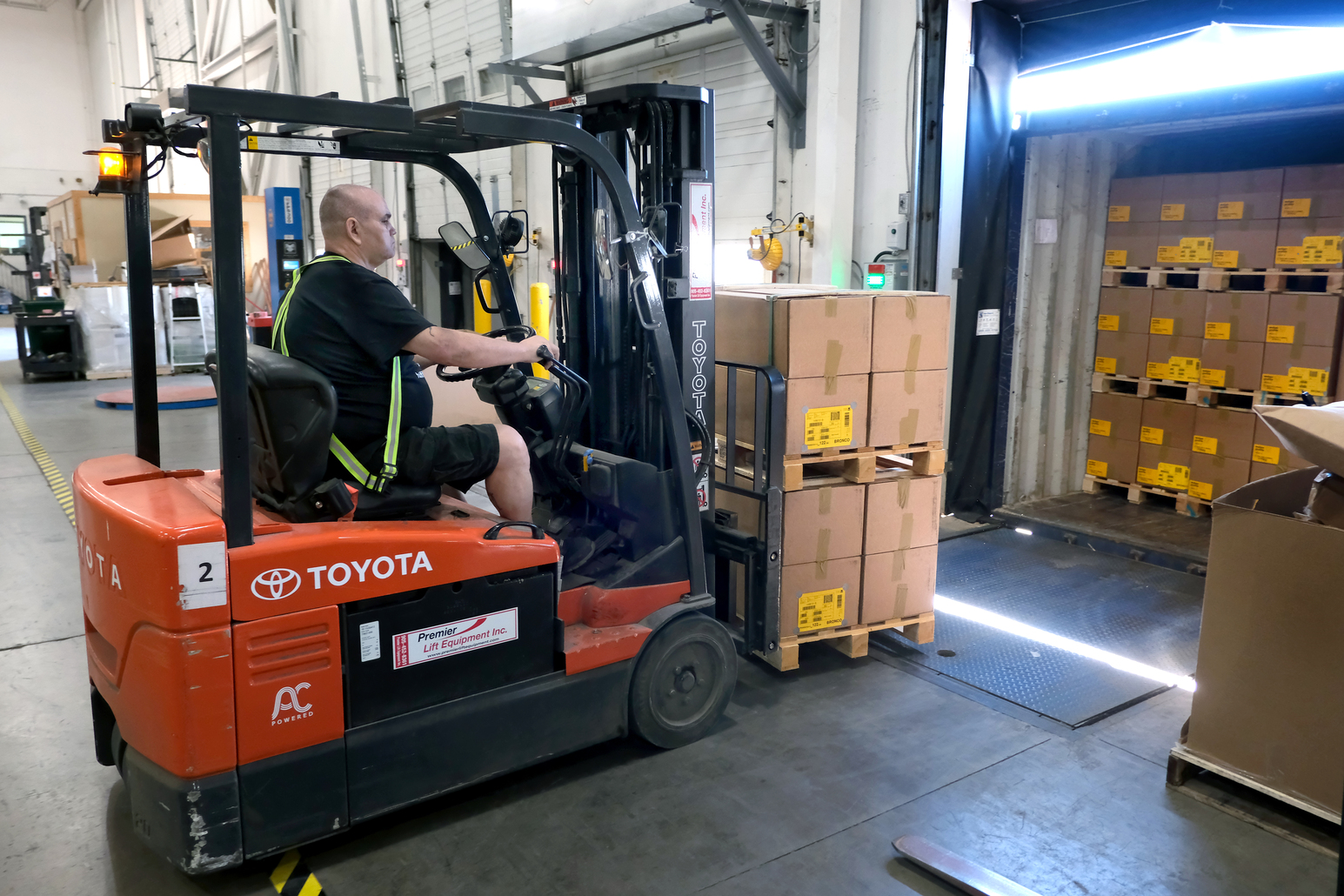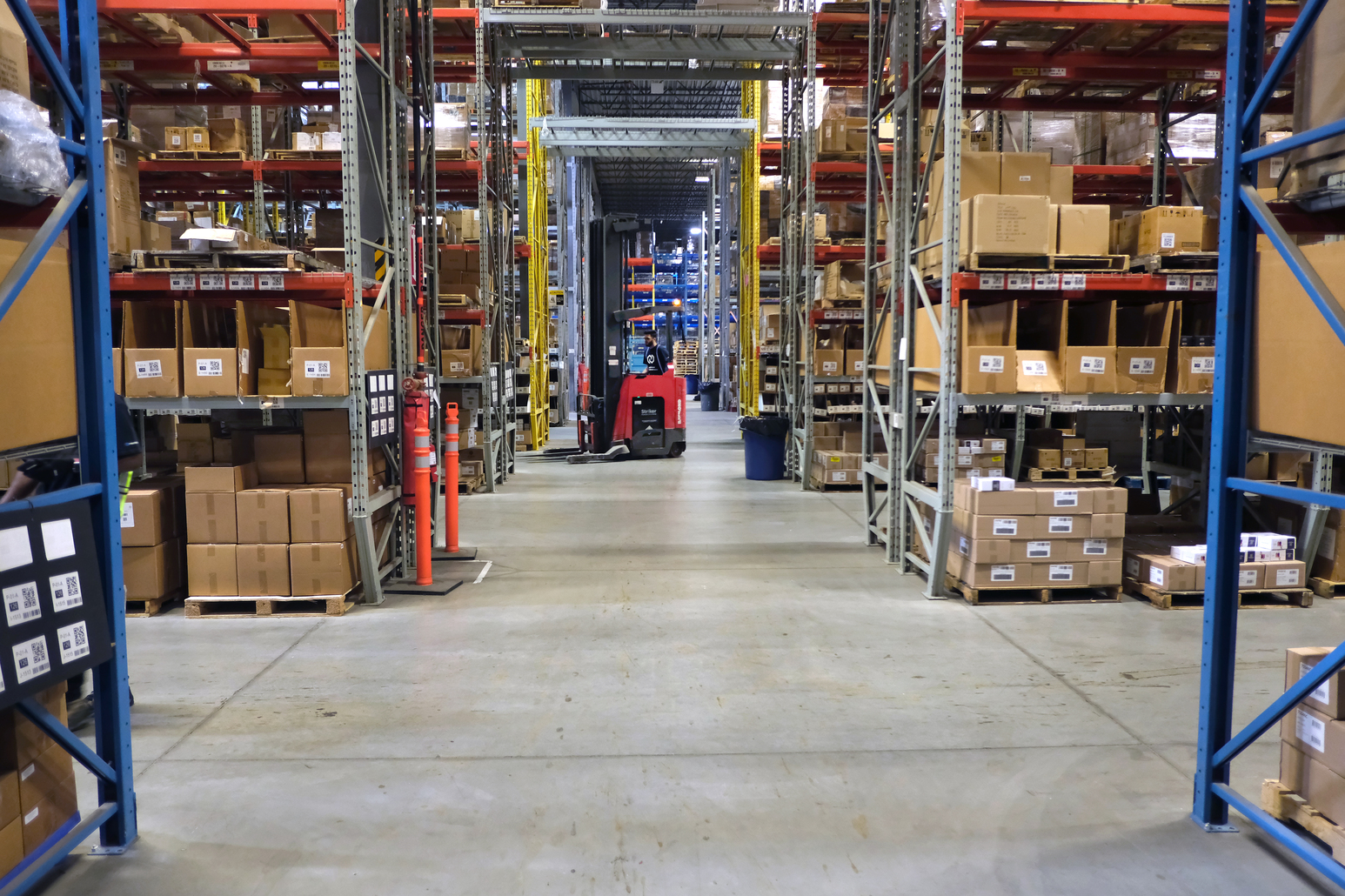Effective January 4, 2021, the CBSA made eHBL filing mandatory for freight forwarders and NVOCCs carrying consolidated shipments. If you’re already using a third-party service provider for all your transactions with the CBSA, this announcement may not change much for you. However, if you aren’t, or if you’re considering using a freight forwarder in the near future, this short Q&A is for you.
I am new to this. What is an eHBL?
eHBL stands for electronic house bill of lading. A house bill of lading is a document produced by a carrier, and it states the shipper, the consignee, the mode of transport and the goods being carried. In other words, it is a contract of carriage that is fulfilled once the goods are delivered.
What are consolidated shipments and how are they related to eHBLs?
One carrier ships several parcels that are destined to a consignee in another country. The carrier delivers the goods to the freight forwarder who will ship them overseas. All shipments are consolidated by the freight forwarder and are issued a primary cargo control number (CCN), and the shipments are then listed on one bill of lading.
Where can eHBLs be filed and how early?
They can be filed through EDI on CBSA’s e-manifest web portal or by a third-party service provider.
Depending on the mode of transport, the CBSA determined transmission time frames to submit bills of lading prior to shipment. For sea shipments, manifests have to be submitted 24 hours before arrival; for air shipments, it’s four hours before arrival; and for ground shipments, it’s one hour before arrival. Some exceptions may apply, find out more on the CBSA website.
What type of information should be on the eHBL?
Here’s the list of information that you must include on your eHBL:
- the primary cargo control number (CCN);
- the 8000-series carrier code;
- the consignee and the shipper’s name and address;
- a detailed description of the goods;
- the quantity and weight of the goods;
- the freight forwarder’s name;
- the mode of transport; and
- the port of exit or sub-location.
Can I change an eHBL after I’ve submitted it?
Absolutely. As long as the shipments are not in “reported” or “arrived” status, you can simply modify your eHBL. Once the status is changed, you have to submit a change request.
What happens if there’s a mistake on an eHBL?
Freight forwarders are responsible for the transmission of accurate data to the CBSA. Errors in filing can result in penalties under the Administrative Monetary Penalty System (AMPS). They can also affect the release of the goods.
What is a close message and when should I send it?
Close messages are sent by freight forwarders to the CBSA in order to identify and confirm that all eHBLs for specific consolidated shipments have been submitted to the CBSA.
Can a third party submit eHBLs on my behalf?
Definitely. Ask one of our representatives how we can assist you with consolidated shipments and eHBL filing today by contacting us.
Follow our blog and our LinkedIn page for more updates on eHBL.
Keywords: ehbl, eManifest, CBSA, electronic house bill of lading, bill of lading, consolidated shipments



